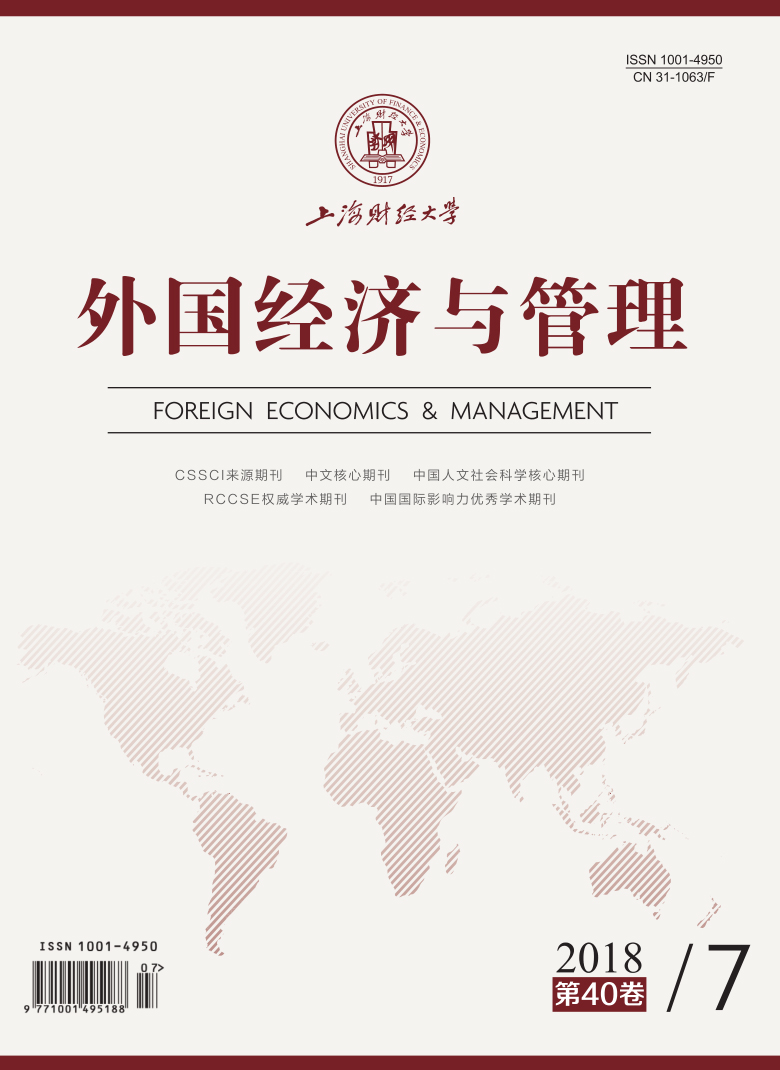Affected by various factors, target companies may embrace the risk of not meeting the performance committed, which leads to multiple forms of performance commitment and performance commitment compensation. Limited by the sample size, different incentive effects of compensation forms are only proved in case studies (Tang and Liu, 2006; Gao, 2010), and the results are not promoted to large sample studies (Lu, et al., 2014; Yang, 2016). Using data of mergers and acquisitions on Chinese A-share SME Board and GEM during 2010–2014, this paper investigates the incentive effect of performance commitment forms, including the effects of the one-way value adjustment mechanism and the two-way value adjustment mechanism, stock compensation and cash compensation, asset impairment test compensation clause on executive compensation and firm performance. We find the evidence that performance commitment helps target companies to meet committed performance: the two-way value adjustment mechanism is more effective than that of one-way; the stock compensation is more effective than the cash compensation; the agreed impairment test compensation clause is more effective than the non-impairment test compensation clause. The incentive effect of performance commitment on executive compensation is mixed: the two-way value adjustment mechanism is more effective than that of one-way; there is no significant difference not only between the roles of stock compensation and cash compensation, but also between the agreed impairment test compensation clause and the non-impairment test compensation clause. The contributions of this paper include: First, we analyze the incentive effect of various commitment forms on managers comprehensively. Previous research focuses on the incentive effects of the one-way value adjustment mechanism and the two-way value adjustment mechanism, stock compensation and cash compensation (Lu, et al., 2014; Yang, 2016), but ignores the effect of asset impairment due to merger premium. This paper conducts the test of asset impairment and broadens the existing research thoughts. Furtherly, we adopt managerial compensation variables to analyze the direct incentive effect of commitment forms. Existing research usually adopt firm performance of target companies to measure the incentive effect (Yang, 2016), but there are various factors affecting firm performance, and it is difficult to reflect the direct effect of performance commitment. Based on previous literature, we add managerial compensation variables to conduct further research. Moreover, we enlarge the sample size to improve the robustness of the results. Previous research uses the data before 2013 (Lu, et al.; Yang, 2016), which ignores that high value premium and the earn-out structure are generally applied after 2013. Mergers and acquisitions have been conducted rapidly since the year 2013, which is called " the first year of mergers and acquisitions”, so we expand the sample to the year 2014, which adds reliability of our conclusions.
 / Journals / Foreign Economics & Management
/ Journals / Foreign Economics & ManagementForeign Economics & Management
JIN Yuying, Editor-in-Chief
ZhengChunrong, Vice Executive Editor-in-Chief
YinHuifang HeXiaogang LiuJianguo, Vice Editor-in-Chief
Research on the Incentive Effect of Mergers and Acquisitions Performance Commitment Ways
Foreign Economics & Management Vol. 40, Issue 07, pp. 73 - 83 (2018) DOI:10.16538/j.cnki.fem.2018.07.006
Summary
References
Summary
[1]Gao Chuang, Sun Hongying, Hu Keguo. The compensation commitment of the major shareholder and protection to the small and medium shareholder’s equity in M&A [J]. Economic Management, 2010, 32(11):55-63.
[2]Lu Changjiang, Han Huibo. VAM synergy and distribution of gains from M&A [J].Audit & Economy Research, 2014, 6:3-13.
[3]Tang Guliang, Liu Hui. Governance and financial implication of institutional investors on “Valuation Adjustment Mechanism” [J]. Finance and Accounting, 2006, 20:33-36.
[4]Xiang Hairong, Li Jianjun, Liu Xing. Research of “Valuation Adjustment Mechanism” based on incentive perspective [J]. Shanghai Economy Research, 2009, 3:92-98.
[5]Yang Yang, Research on the incentive effect of the value adjustment mechanism in the M&A-Evidence from SME board and ChiNext board[D].Shangdong University, 2016.
[6]Zhang Bo, Huang Peiqing. Fei Yiwen. Economic research on “Valuation Adjustment Mechanism” [J]. Shanghai Management Science, 2009, 31(1):6-10.
[7]Hall B J, Liebman J B. Are CEOs really paid like bureaucrats[J]. Quarterly Journal of Economics,1998, 113(3): 653-691.
[8]Kohers N, Ang J. Earnouts in mergers: Agreeing to disagree and agreeing to stay[J]. The Journal of Business,2000, 73(3): 445-476.
[9]Palia D, Lichtenberg F R. Managerial ownership and firm performance: A re-examination using productivity measurement[J].
Journal of Corporate Finance,1999, 5(4): 323-339.
Cite this article
Rao Yanchao, Duan Liangxiao, Zhu Xiuli. Research on the Incentive Effect of Mergers and Acquisitions Performance Commitment Ways[J]. Foreign Economics & Management, 2018, 40(7): 73-83.
Export Citations as:
For




 , 3
, 3 13357
13357  10927
10927

